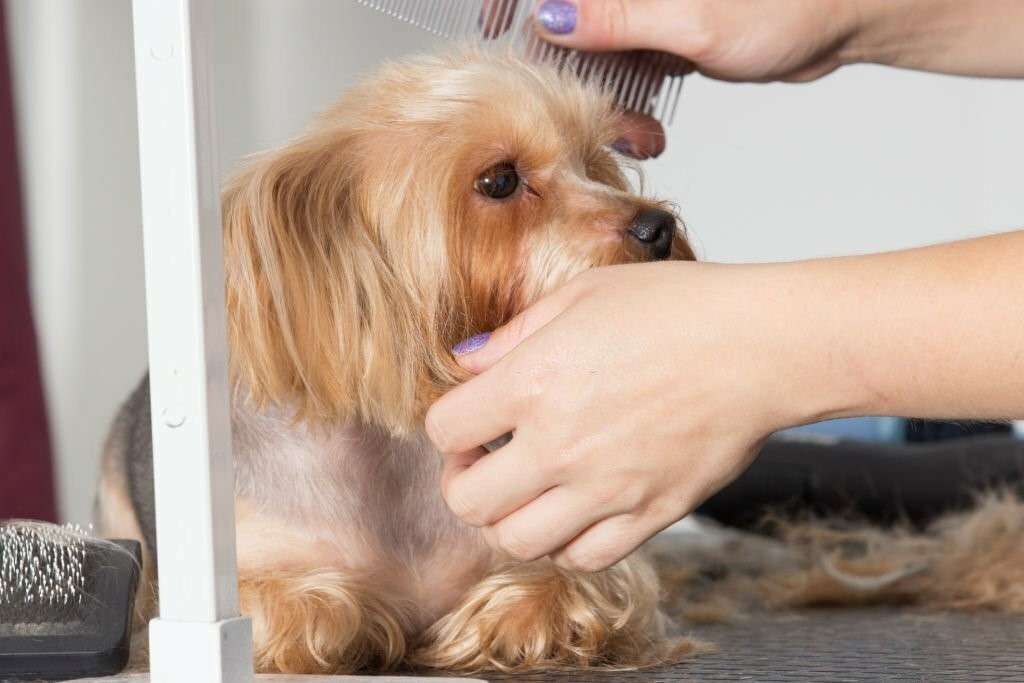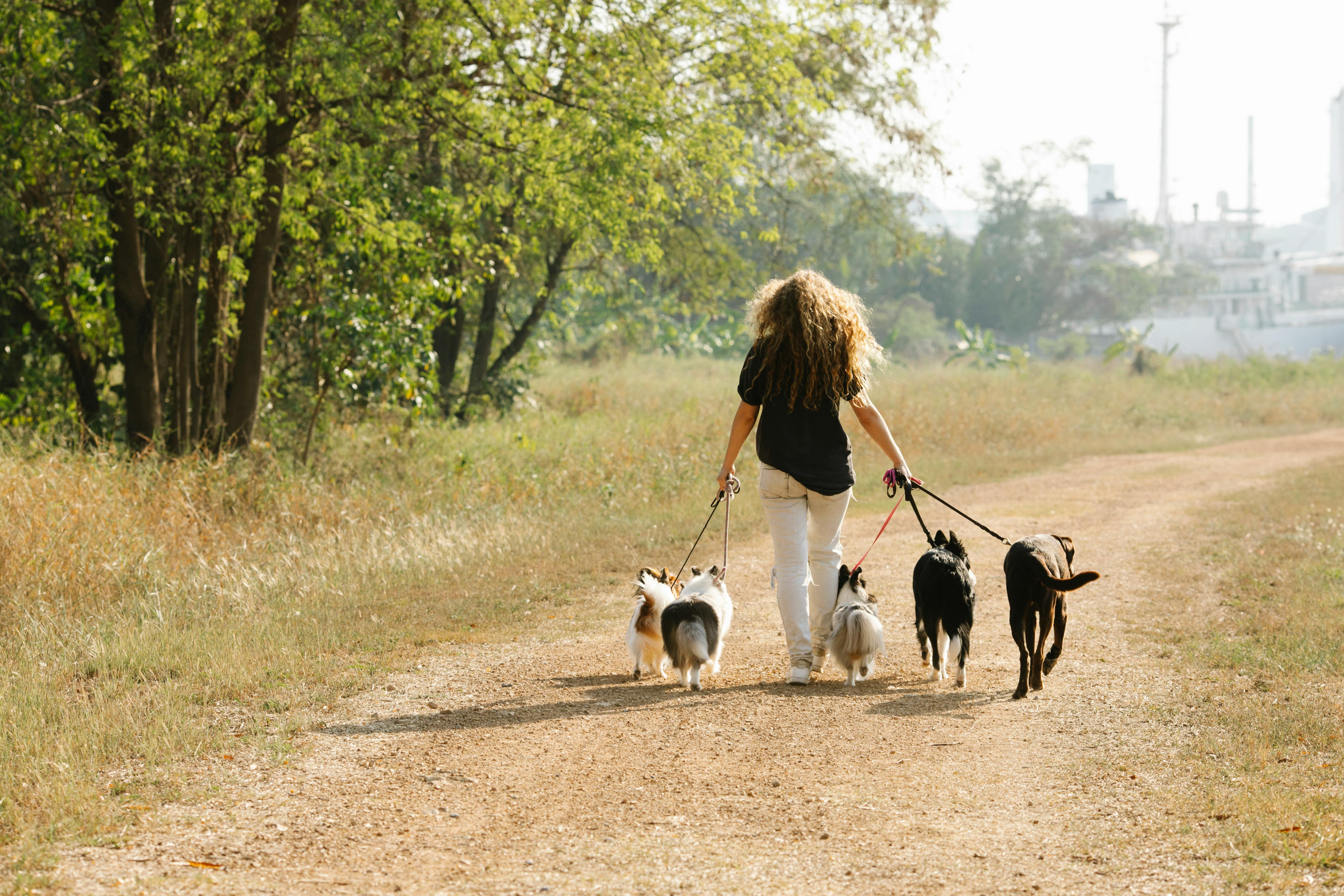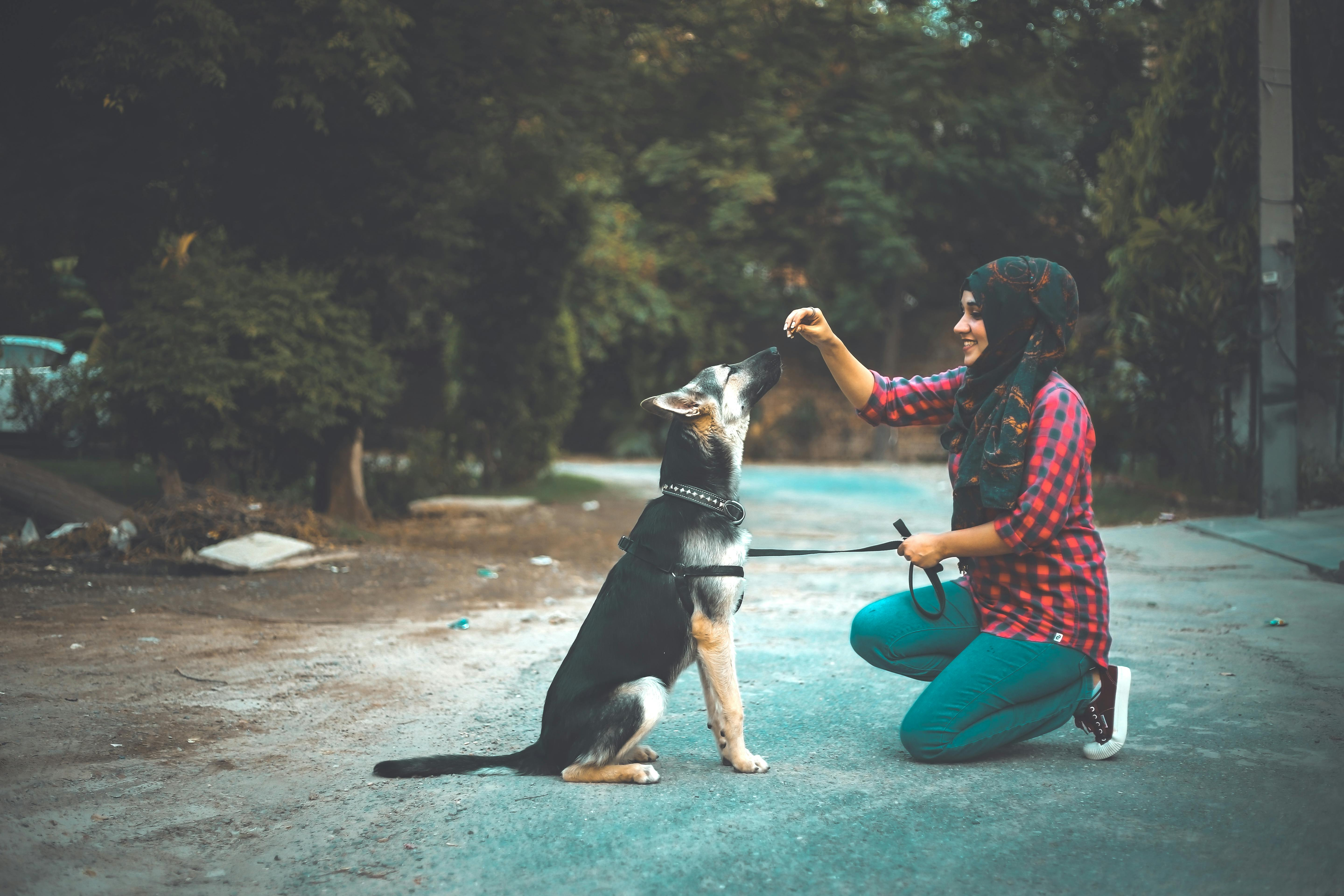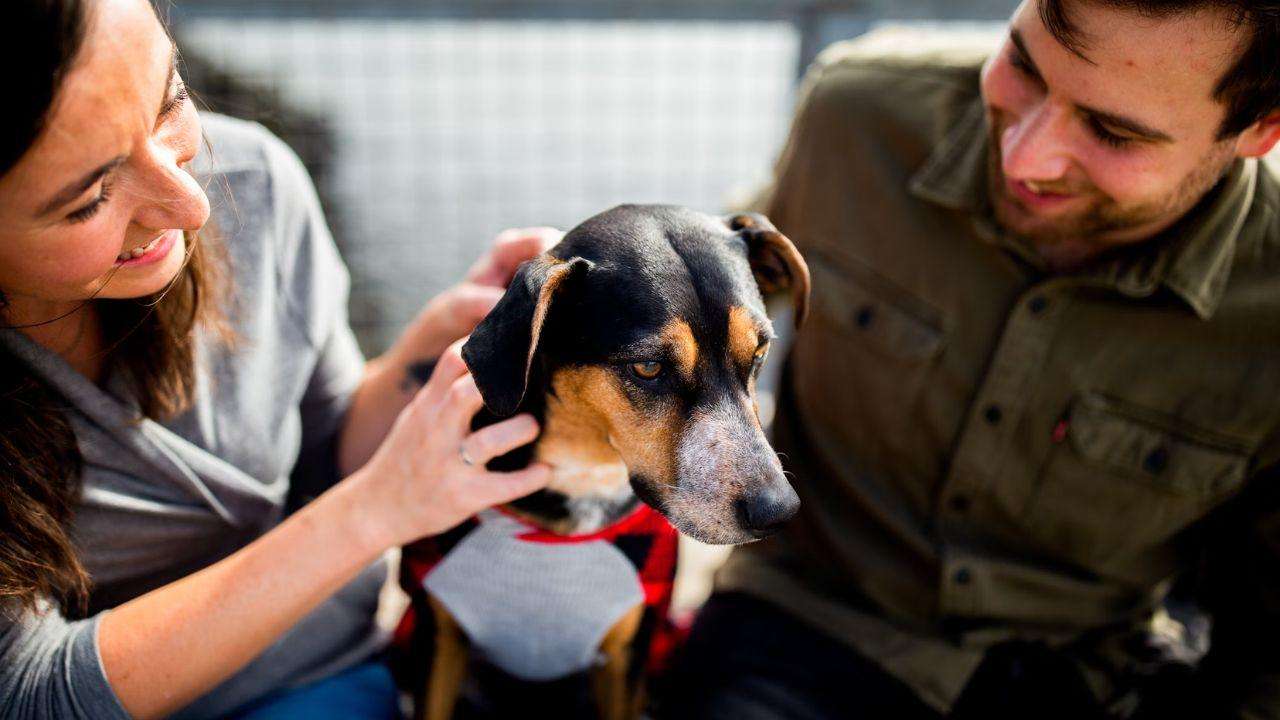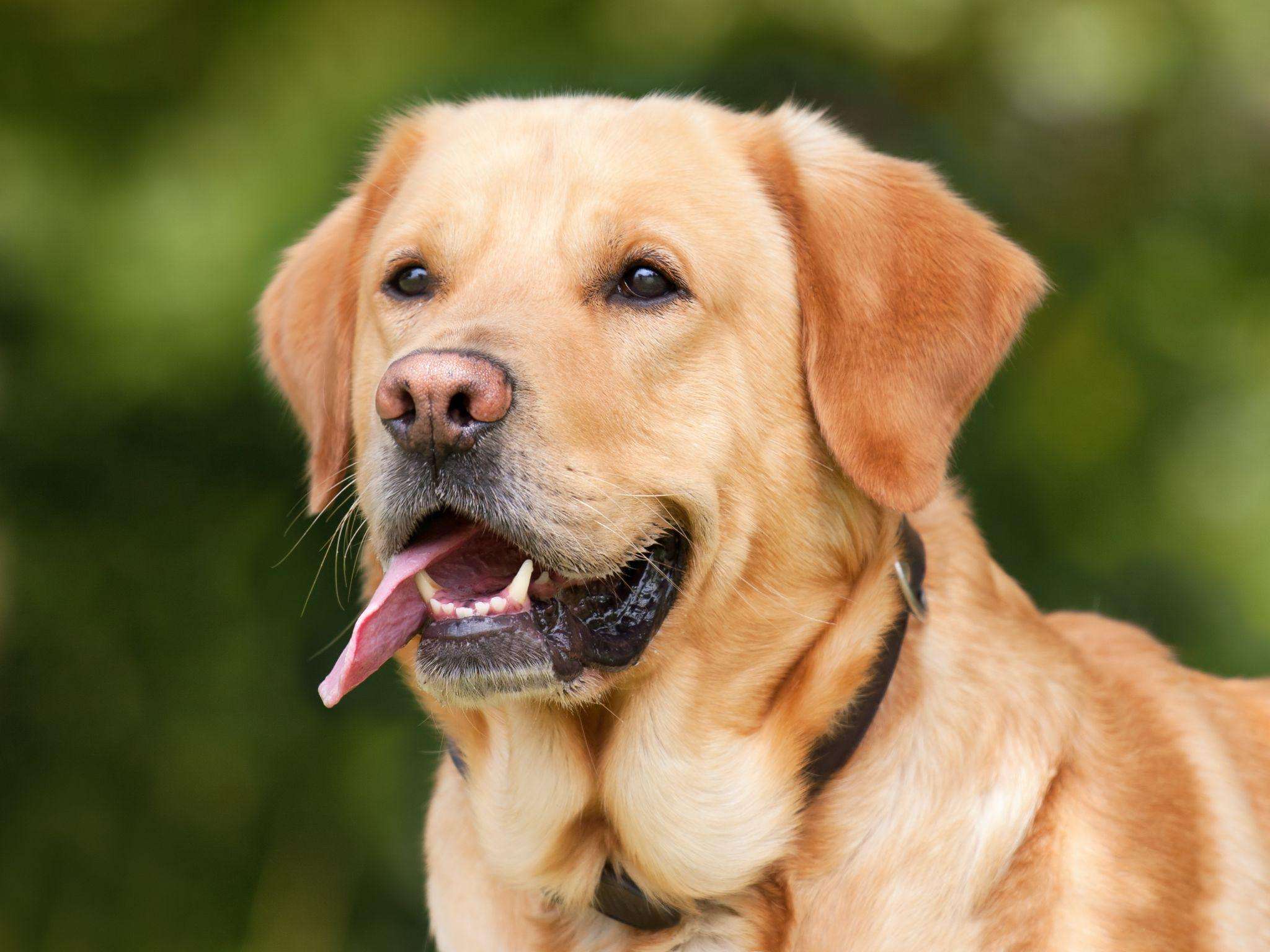Grooming your beloved pet is an essential part of their care routine, contributing not only to their appearance but also their overall health and well-being. However, for some pets, the grooming process can be a source of anxiety and stress. Grooming anxiety can manifest in various ways, from mild unease to extreme fear, making the experience challenging for both the pet and the owner.
Understanding the root causes of grooming anxiety is pivotal to developing effective strategies to alleviate it. Let’s delve deeper into these causes and then explore detailed techniques to help your furry friend stay calm and relaxed during grooming sessions.
Understanding Grooming Anxiety in Pets
Fear of the Unknown: Imagine being in a new environment with unfamiliar tools and sounds—it can be quite intimidating. Similarly, pets often fear grooming due to the unknown elements associated with it. Clippers buzzing, water splashing, or new scents can trigger anxiety.
Past Traumatic Experiences: Pets have a remarkable memory for negative experiences. If a previous grooming session was unpleasant, perhaps due to pain or discomfort, your pet may associate grooming with fear and resist future sessions.
Sensitivity to Touch: Some pets have a heightened sensitivity to touch, especially in certain areas of their bodies. Grooming often involves handling sensitive areas like ears, paws, or the tail, causing discomfort and anxiety.
Noise Sensitivity: The noise produced by grooming equipment like clippers, dryers, or brushes can startle and stress out pets, particularly if they are noise-sensitive.
Techniques to Alleviate Grooming Anxiety
To help your furry friend stay calm and relaxed during grooming, consider implementing the following techniques:
1. Gradual Introduction to Grooming
Introduce grooming tools gradually to your pet. Allow them to become accustomed to the sight, sound, and scent of these tools before using them. Let them inspect and sniff the tools without any grooming activity. Associating these tools with positive experiences will gradually reduce their fear.
2. Positive Reinforcement
Create positive associations with grooming by offering rewards such as treats, praise, or playtime during and after each grooming session. This positive reinforcement helps your pet perceive grooming as a pleasant experience, reinforcing good behavior and cooperation.
3. Regular Grooming Schedule
Establish a consistent grooming schedule, incorporating short and gentle grooming sessions. Consistency helps normalize the experience for your pet, reducing anxiety associated with uncertainty and unpredictability.
4. Desensitization
Gradually desensitize your pet to grooming stimuli. Begin with introducing them to the grooming environment, then to the equipment, and finally to the actual grooming process. Take small steps, rewarding them for each successful stage, until they become comfortable with the entire process.
5. Use Calming Techniques
Incorporate calming techniques such as aromatherapy or the use of calming sprays. Calming scents like lavender or chamomile can create a relaxing environment, helping to soothe your pet during grooming.
6. Professional Grooming Services
Consider seeking the help of a professional groomer, especially if your pet’s anxiety is severe. Professional groomers are trained to handle anxious pets with care and expertise. They possess specialized equipment and techniques to ensure a comfortable grooming experience.
7. Online Dog Grooming Courses for a Stress-free Experience
Invest in online dog grooming courses to enhance your grooming skills and knowledge. These courses cover a wide range of topics, from understanding pet behavior to advanced grooming techniques. By enrolling in these courses, you gain insights into effectively managing and handling grooming anxiety in pets. Learning how to groom your pet with confidence is key to making the experience enjoyable for both you and your furry companion.
8. Break Sessions into Smaller Parts
If your pet becomes anxious during long grooming sessions, try breaking them into shorter, more manageable parts. Your pet will become more comfortable as the duration of the treatment increases. This approach prevents overwhelming your pet and allows them to acclimate to the process at their own pace.
9. Consult with a Veterinarian
If grooming anxiety persists or escalates, consult a veterinarian for guidance. They can provide recommendations based on your pet’s specific situation and may suggest behavioral interventions or, if necessary, anti-anxiety medications.
10. Patience and Understanding
Above all, approach grooming with patience and understanding. If your pet is anxious, forcing them into a grooming session will only intensify their fear. Take it step by step, rewarding them for progress, and always prioritize their comfort and well-being.
Conclusion
Addressing grooming anxiety in pets requires a combination of understanding, patience, and the right techniques. By gradually introducing your pet to grooming, using positive reinforcement, and considering professional help or online dog grooming courses, you can significantly reduce their anxiety and transform grooming into a positive and enjoyable experience.
Remember, each pet is unique, so it’s essential to tailor your approach to suit your furry friend’s personality and preferences. With time, patience, and the appropriate techniques, you can help your beloved pet feel at ease during grooming, leading to a happier and healthier companion. Happy grooming!






